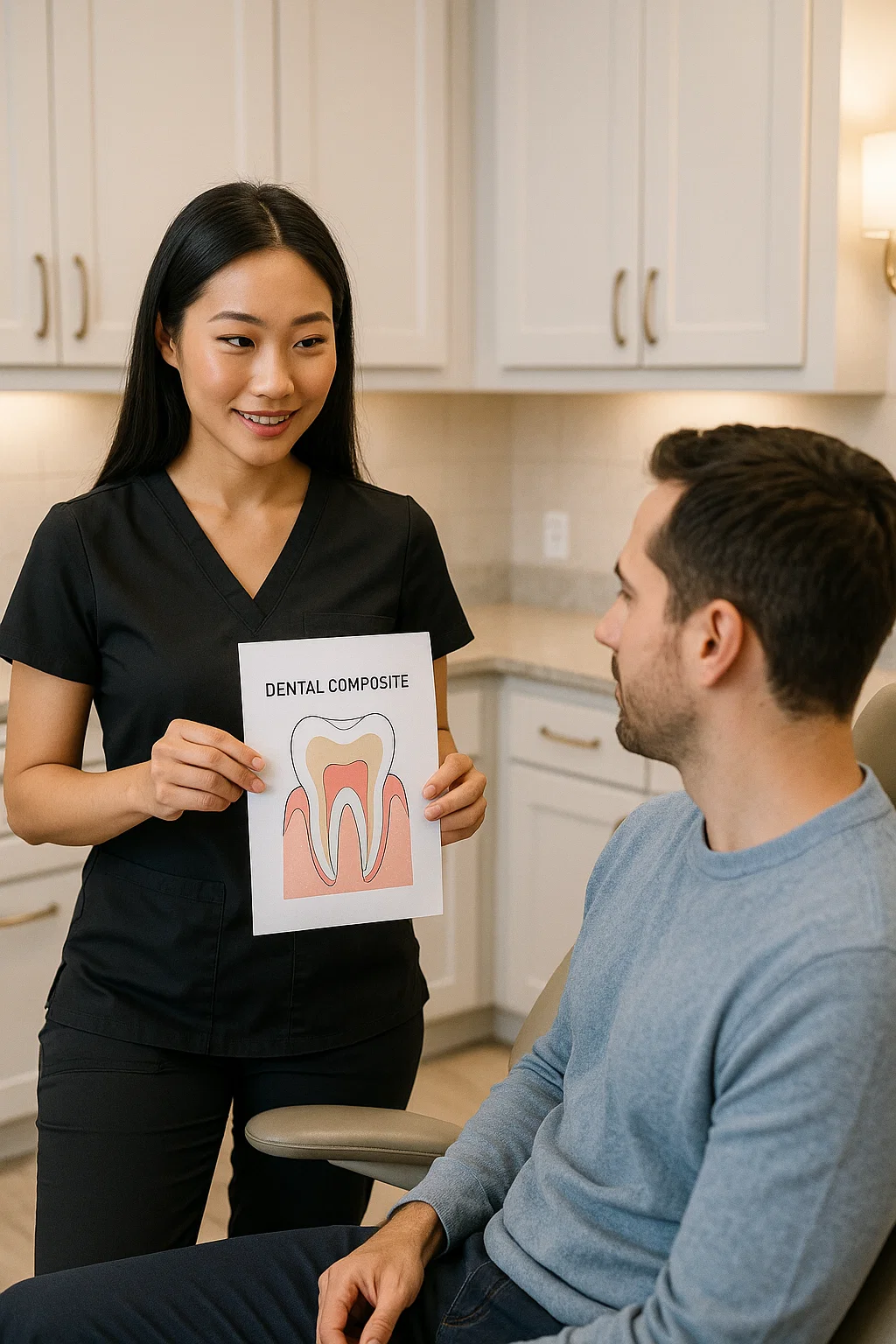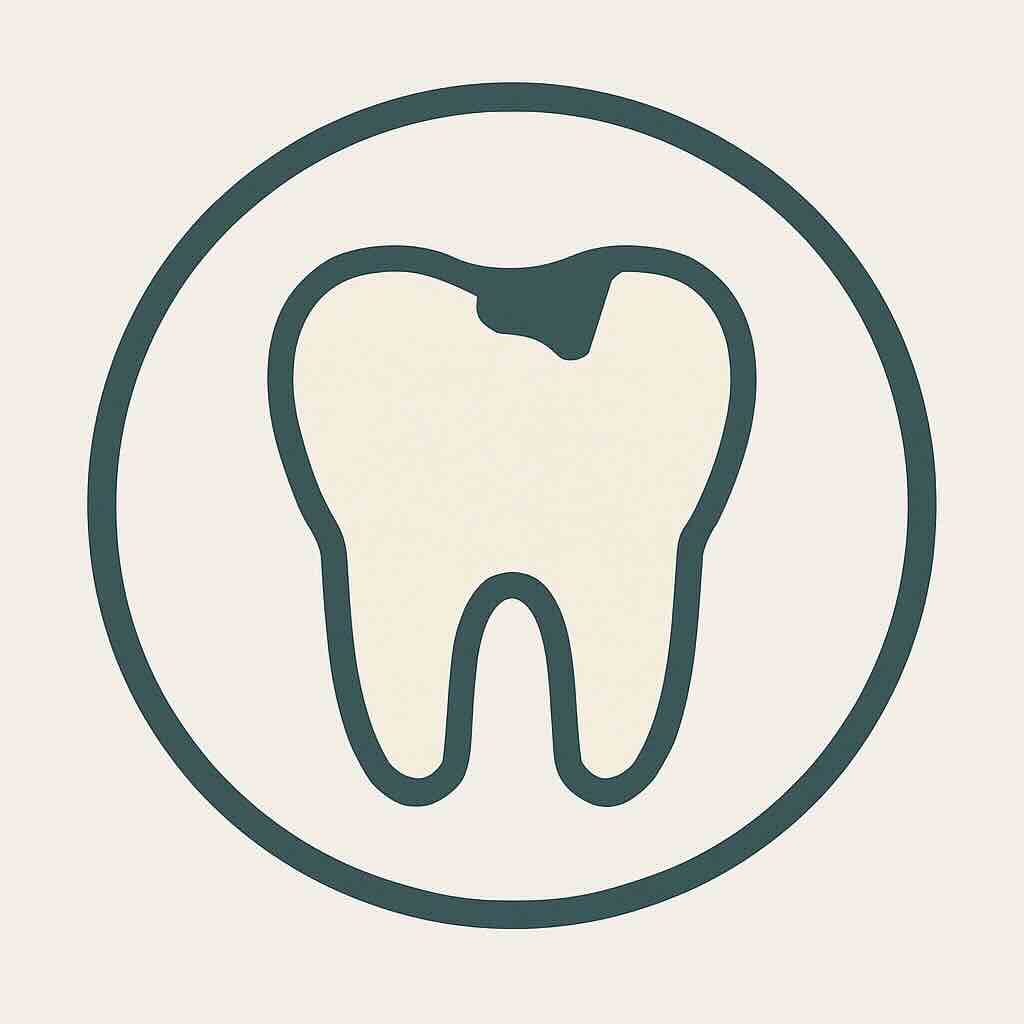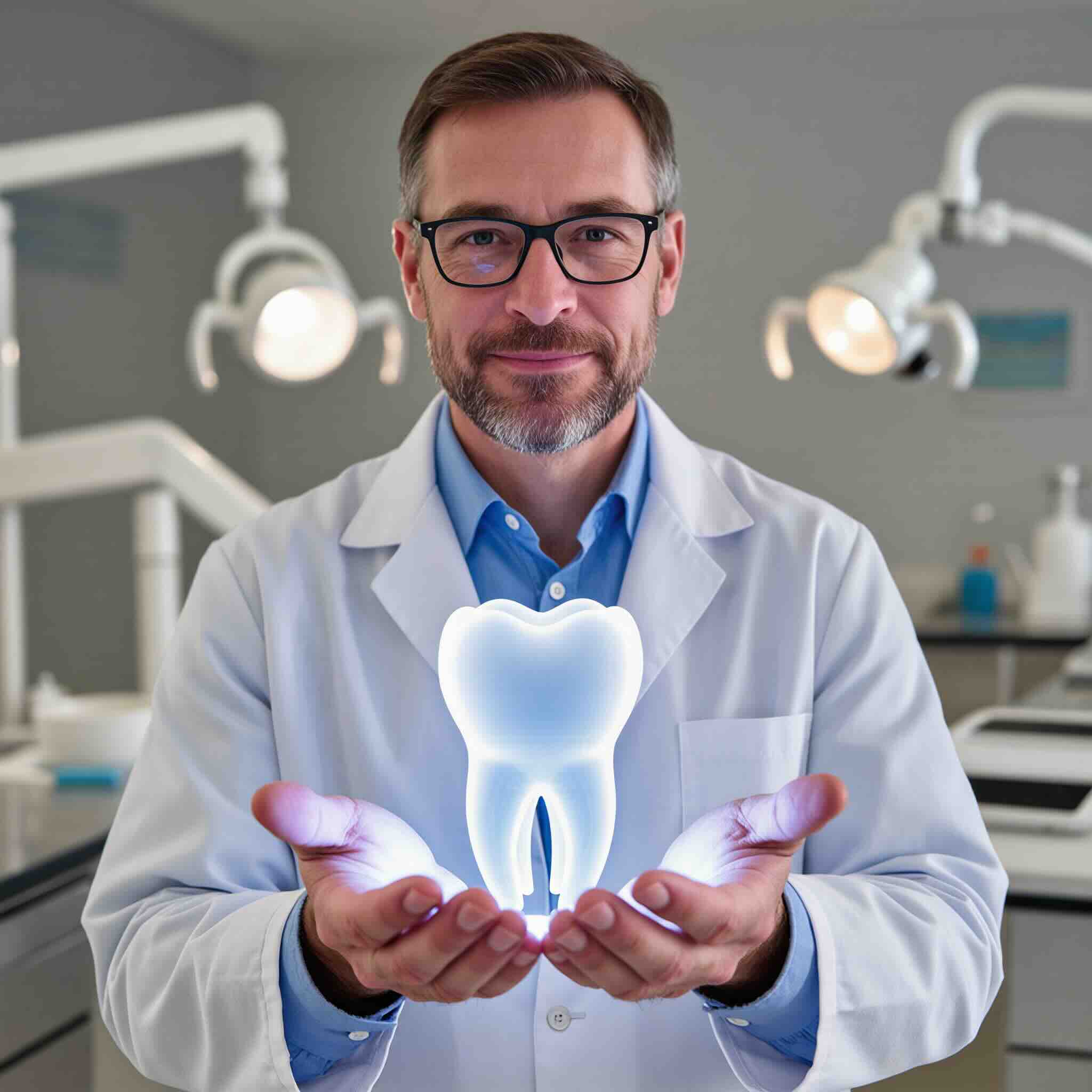When a tooth needs repair, the right filling makes all the difference.
At KYT Dental Services, we use composite (tooth-colored) fillings designed to blend seamlessly with your smile — while protecting your tooth for the long run.


Cavities don’t just cause pain — they weaken your teeth and can lead to bigger, more expensive problems if left untreated. Fillings:




⚠️ Noticeable dark metal that can stain teeth and gums
⚠️ Requires more drilling, removing healthy tooth structure
⚠️ Expands and contracts with temperature → risk of cracks
⚠️ Contains mercury alloy, raising health and safety concerns
Bottom Line: Silver fillings are outdated, less natural, and can weaken teeth over time.

✨ Blends with your natural tooth color
✨ Bonds directly to tooth for a stronger seal
✨ Requires less drilling, preserving more healthy tooth
✨ Won’t expand or contract like metal fillings
Bottom Line: Composite fillings are safer, stronger, and virtually invisible — protecting your teeth without compromising your smile.
Composite Filling Appointment:
After Your Filling:





